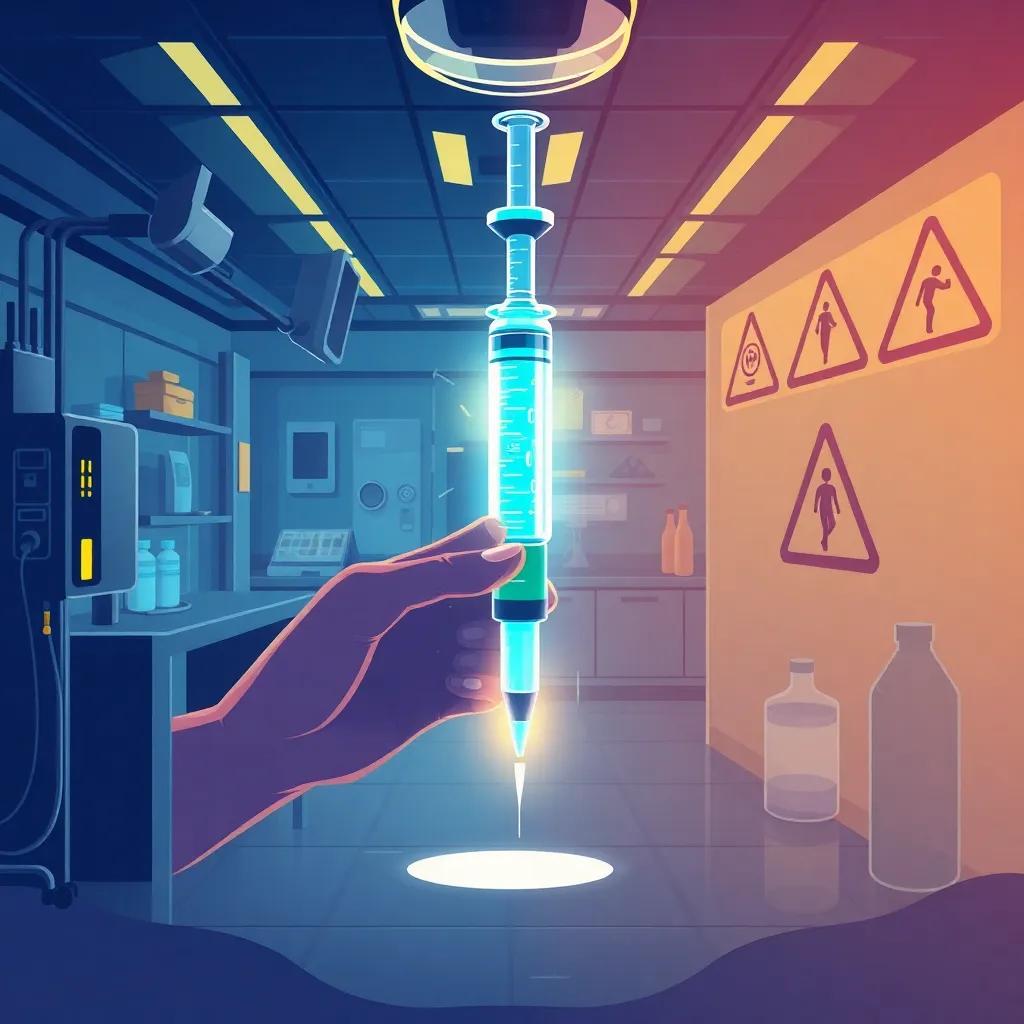Exploring BPC-157’s potential in tendon and muscle repair, its mechanisms, clinical data gaps, and the ethical dilemmas of off-label use in sports medicine.
BPC-157 shows promise in preclinical studies for tissue healing, but clinical validation and regulatory oversight remain significant hurdles.
Overview of Peptide Therapeutics
Peptide therapeutics have gained traction in recent years due to their high specificity and relatively low toxicity. BPC-157, a synthetic peptide derived from a protective protein found in the stomach, has emerged as a candidate for tissue healing. According to a 2024 review in Peptides
journal, BPC-157’s mechanism involves promoting angiogenesis and reducing inflammation, which are critical for tissue repair.
BPC-157’s Mechanisms in Tendon and Muscle Repair
Recent preclinical studies highlight BPC-157’s potential in accelerating tendon and muscle repair. A 2024 study in Frontiers in Pharmacology
found that BPC-157 reduced inflammation in rat tendon injuries by 40% compared to controls. The peptide appears to enhance collagen synthesis, a key factor in tendon strength and flexibility.
Preclinical vs. Clinical Data: A Growing Divide
While preclinical data is promising, clinical trials remain limited. A meta-analysis in Sports Medicine
(Jan 2024) reported mixed results in human trials, with only 2 of 5 studies showing significant healing benefits. This raises questions about the translation of BPC-157’s effects from animal models to humans.
Safety Profile and Administration Considerations
The FDA issued a warning in March 2024 about unapproved BPC-157 products sold online, citing a lack of clinical validation. Despite this, off-label use is growing, particularly among athletes. The risks of unregulated sourcing and dosing inconsistencies are significant concerns.
Future Research Directions
Future research must address dosing standardization and long-term safety. The ethical and regulatory challenges of BPC-157’s off-label use in sports medicine need urgent attention to ensure patient safety and efficacy.




